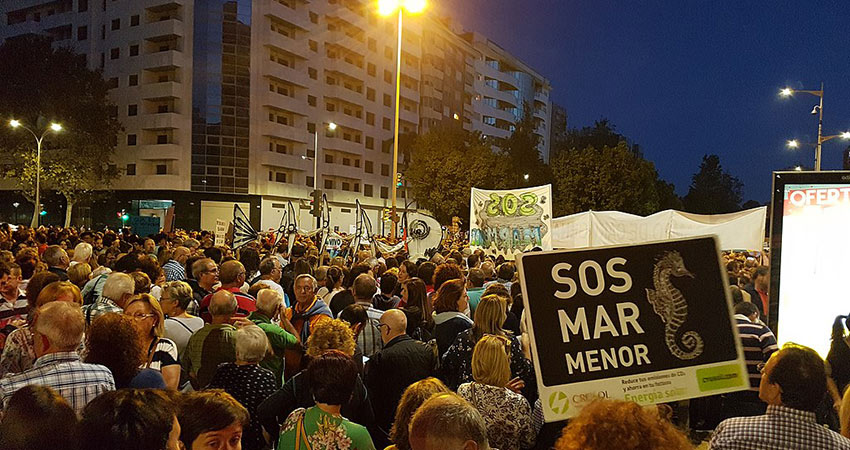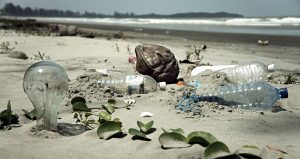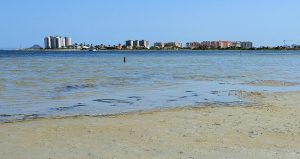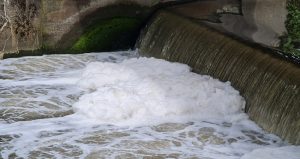Spain: Agricultural restrictions to save Mar Menor

-
 Nancy Smith
Nancy Smith
Share article:
The Mar Menor, in the south-eastern Spanish region of Murcia, has once again seen dead fish wash up on its shores with residents protesting in large numbers calling for greater protection of its biodiversity. Finally, local officials have banned the use of fertilisers within 1.5 km of one of Europe’s largest saltwater lagoons. What’s more, inquiries have been launched to find the real cause of environmental degradation.
In August 2021, an estimated five tons of fish and crustaceans have died in the Mar Menor saltwater lagoon, one of Europe’s largest. This is not the first time the lagoon has seen the effects of environmental degradation. In 2019, it was estimated three tons of fish were washed ashore. Now eight beaches are closed as residents complained that the waters of the lagoon, once popular with tourists, were cloudy, green, and emitting a foul odour.
Local protests
For years local residents have been protesting for greater environmental protections for the Mar Menor, as well as an investigation as to what is ultimately causing the problem. On 28th August this year, around 70,000 people formed a human chain around the 73km shoreline and held a one minute silence for the loss of ecological life.
Legal rights
In 2020, an effort to enact and enforce human rights law by recognising the Mar Menor as a legal person sought to gather 500,000 signatures in order for the initiative to be voted on in parliament. The proposal would recognise the right of the lagoon to “exist as an ecosystem” and to be protected and preserved by the government and residents. If approved, the lagoon would be represented by three groups: legal guardians, a monitoring committee of “protectors”, and a scientific advisory board. Any citizen or legal entity would be able to file a lawsuit on behalf of the Mar Menor. Until now they have collected 325,000 signatures.
The cause
As a reflection of the complexity of the problem, there is no one reason why the Mar Menor is degrading. Ecologists have warned for years that life in the lagoon is being suffocated by decades of nitrate runoffs from agriculture that trigger vast algae blooms – described as extreme eutrophication – that deplete the water of oxygen.
Agriculture
The lagoon sits next to the Campo de Cartagena, an expansive area of intensive agriculture that has swelled tenfold in four decades. Stretching to about 60,000 hectares with an estimated 8,000 hectares being used illegally having not been awarded concessions to use water – according to the Spanish government.
Other sources of pollution
Poor sewerage systems, rapid urban development, illegal dumping of untreated water from mines, and illegal desalination plants pumping highly brackish water have also been blamed.
Climate change
Until recently, local authorities and agricultural groups were choosing to place the blame on climate change effects. Hinting that the cause of the latest ecological deaths could be linked to the recent heatwave, pointing to data that showed a rise in water temperature from 28.5C (83.3F) to 31C (87.8F) in the span of two days.
The history
Environmental degradation in the Mar Menor isn’t new and problems have been plaguing the lagoon for decades. The issue first got attention in local press in 1985 when a local journalist commented on the rapid expansion of urban development in the entire region, questioning the unstoppable deterioration of the saltwater lagoon. What’s more, abstraction laws, permitting, and equitable use policies have not been updated since this time.
In 2016 the lagoon was given the unattractive nickname of ‘green soup’ due to the high level of phytoplankton and warm temperatures. Since then, dead fish and other lagoon species have been a yearly occurrence.
















